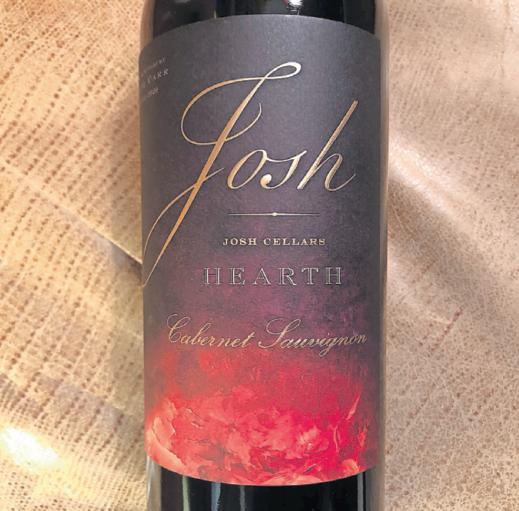
2 minute read
Bock beers are perfect seasonal segue
by repubnews
ALTHOUGH THE winter has been mild, and March seems like it might try to make up for that with some inclement weather, I’m ready for spring.
Technically spring is still a few weeks away, but for me, once we hit March, it should be smooth sailing overall. The weather is (at least slightly) warmer, the sun is higher in the sky and the flora and fauna start to emerge.
It’s also a time to emerge from the hibernation of darker beers that many beer drinkers comfort themselves with during the colder months. But that doesn’t mean we have to abandon darker-hued brews altogether. I have found that a great style for these transitional months is the sturdy old bock beer.
Bocks are often overlooked and underappreciated. Even the name “bock” resulted from a mispronunciation of town from which it came, Einbeck. Bavarians pronounced it as “ein bock” (which means “billy goat”) and that’s why bocks sometimes have goats on their labels.
There are several types of bocks: doppelbock, which is darker and stronger; eisbock, also made stronger by partial freezing; weizenbock, a wheat version; and Maibock, a somewhat lighter and hoppier edition. Maibocks are my favorites, especially as a transitional beer between winter and spring. Unfortunately, one of my favorite Maibocks is no longer made: Smuttynose Maibock. This beer was a superb blend of bready biscuit flavors and caramel notes that had just enough hops to prevent it from becoming cloying.
George Lenker Beer Nut

Sprecher Maibock is also a great brew which is available starting in March. It’s a perfectly balanced beer that provides a smooth segue into the spring months.
I also love Ayinger Maibock. As I wrote a few years ago, the flavor mixes bread and honey aspects with some apple notes as the beer warms on the palate. Ayinger Celebrator is also a treat, even though it’s a doppelbock, it’s only 6.7% ABV. It has hints of coffee, toffee, and currants.
Another classic doppelbock is Weihenstephaner Korbinian. It’s brewed by the renowned Bayerische Staatsbrauerei Weihenstephan, the oldest brewery in the world. This one is named after the saint who founded the monastery where it was first brewed.
I haven’t had many weizenbocks, as wheat beers are usually not among my favorites, but one good one is Der Weisse Bock by Mahr’s Braü. While the banana notes are a little too forward for my palate, (which is often the case for me with wheat beers), the toasty bread notes and relatively dry finish make this one a nice brew.
What are your favorite bock beers? Let me know at geolenker@yahoo.com.
WHY MAKE things complicated when something simple will do?
The KISS principle — keep it simple stupid — can apply whether it’s designing airplanes (where KISS comes from), what to do when you’re tired (go to sleep) or what to pack for a vacation (only what you need).

It also applies to wine, whether it’s which wines to serve with certain foods or on certain occasions.
New Year’s Eve? Break out the Champagne.
A thick steak? Open a hearty red.
Sure, you can get complicated or counter intuitive. In many cases, though, the best wine to serve is the most logical wine.
If it’s hot and muggy, you can’t go wrong with a crisp sparkling wine or a dry white.
If it’s cold and blustery outside and you’re having roasted chicken or another hearty meal, a full-bodied red wine is just the ticket.
The recent wonderful winter weather in New England (sorry, non-skiers) got me thinking about exactly those types of wines. Regardless of whether you love or hate snow, I think most of us can agree that there’s nothing quite like a robust red wine for a cold winter night.
Rather than doing what I sometimes do here (make my job far more complicated in a Doctor Evil sort of way) I thought I would simply recommend an
SATURDAY,
Character Children’s






